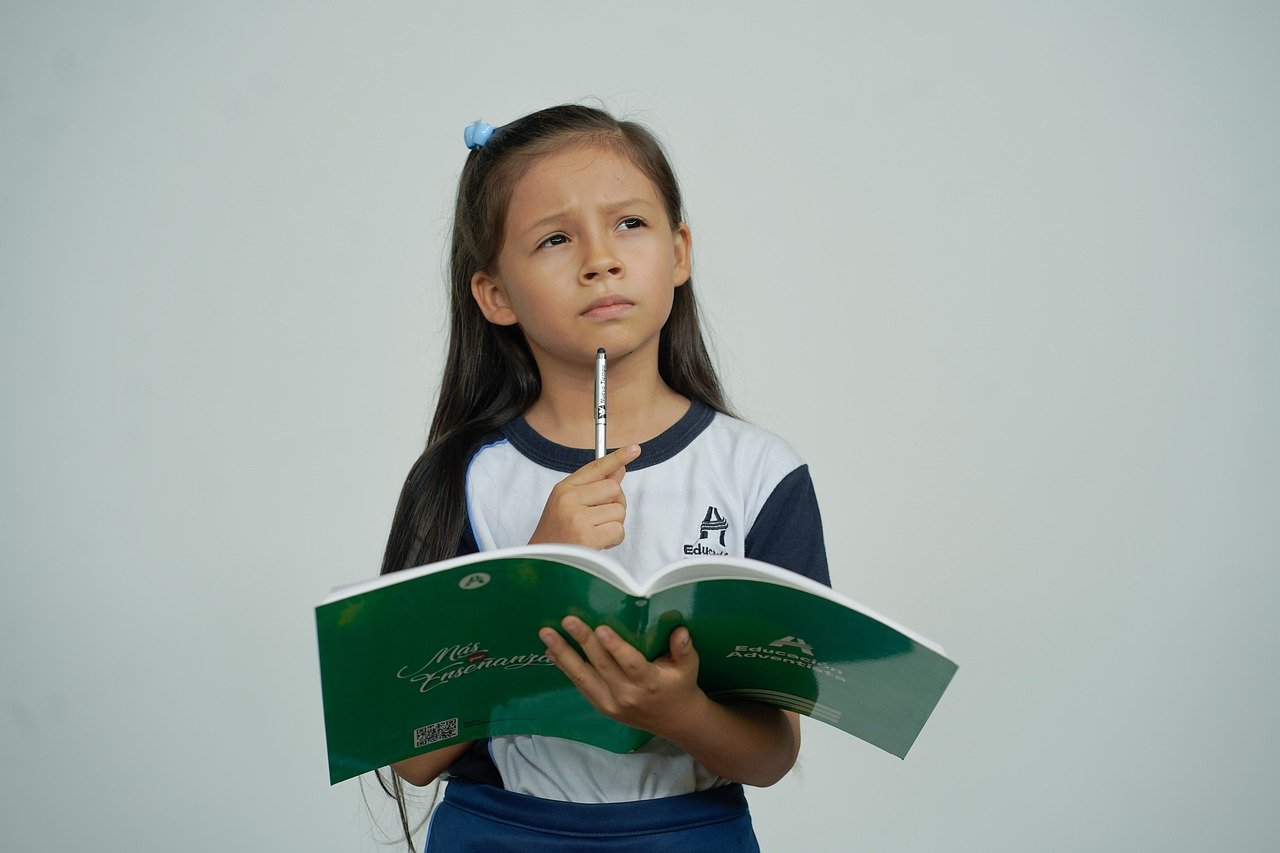Exploring Language Learning Strategies for Students with Disabilities
betbhai book, cricbet99 login, diamondexch9 login:Exploring Language Learning Strategies for Students with Disabilities
Language learning is an essential skill that opens up a world of opportunities for individuals. It allows us to communicate with people from different cultures, understand diverse perspectives, and navigate a globalized world. However, for students with disabilities, learning a new language can present unique challenges. In this article, we will explore effective language learning strategies tailored to the needs of students with disabilities.
Understanding Disability and Language Learning
Before delving into specific strategies, it is crucial to understand the diverse nature of disabilities and how they can impact language learning. Disabilities can range from physical impairments, such as hearing loss or mobility limitations, to cognitive differences, like dyslexia or ADHD. Each disability presents its own set of challenges and requires a personalized approach to learning.
Creating an Inclusive Environment
The first step in supporting students with disabilities in language learning is to create an inclusive environment. This involves providing accommodations, such as accessible materials, assistive technologies, and flexible learning options. Teachers should also be trained in disability awareness and inclusion practices to ensure that all students feel supported and valued in the language learning classroom.
Utilizing Multisensory Approaches
Many students with disabilities benefit from multisensory learning approaches that engage multiple senses simultaneously. For example, incorporating visual aids, audio recordings, tactile materials, and movement-based activities can help students with different learning styles and preferences access and retain language information more effectively.
Using Assistive Technologies
Assistive technologies play a crucial role in supporting students with disabilities in language learning. Tools such as text-to-speech software, voice recognition programs, screen readers, and communication devices can help students overcome barriers and engage with language materials in a more accessible way. It is essential to provide training and support for both students and teachers on how to effectively use these technologies in the language learning process.
Implementing Individualized Learning Plans
Individualized learning plans (ILPs) are personalized strategies that cater to the unique needs and strengths of students with disabilities. These plans outline specific accommodations, modifications, and goals tailored to the student’s learning profile and can help track progress and adjust strategies as needed. Collaborating with students, parents, and special education professionals to develop and implement ILPs can enhance language learning outcomes for students with disabilities.
Promoting Positive Self-Advocacy
Encouraging students with disabilities to develop self-advocacy skills is essential in empowering them to communicate their needs and preferences in the language learning setting. Teaching students how to self-advocate for accommodations, ask for help when needed, and assert their rights can promote independence, confidence, and success in language learning and beyond.
Fostering Peer Support and Collaboration
Peer support and collaboration can be valuable resources for students with disabilities in language learning. Encouraging peer tutoring, group projects, and inclusive classroom activities can create a supportive learning community where students can learn from each other, build friendships, and celebrate diversity. Collaborative learning experiences can also enhance language skills, social skills, and overall well-being for students with disabilities.
FAQs
1. What are some common language learning challenges faced by students with disabilities?
Students with disabilities may face challenges such as processing and retaining language information, interpreting auditory or visual cues, organizing thoughts and ideas cohesively, and expressing themselves effectively. These challenges can impact various language skills, including listening, speaking, reading, and writing.
2. How can teachers support students with disabilities in language learning?
Teachers can support students with disabilities by creating an inclusive environment, using multisensory approaches, providing assistive technologies, implementing individualized learning plans, promoting self-advocacy, fostering peer support, and collaborating with special education professionals and parents.
3. What role do assistive technologies play in language learning for students with disabilities?
Assistive technologies play a crucial role in supporting students with disabilities in language learning by providing access to language materials, facilitating communication, enhancing comprehension, and promoting independence. These technologies can help students overcome barriers, engage with language content effectively, and achieve academic success.
In conclusion, supporting students with disabilities in language learning requires a holistic and individualized approach that considers their unique needs, strengths, and challenges. By creating inclusive environments, utilizing multisensory approaches, using assistive technologies, implementing individualized learning plans, promoting self-advocacy, and fostering peer support, teachers can empower students with disabilities to achieve success in language learning and beyond.





